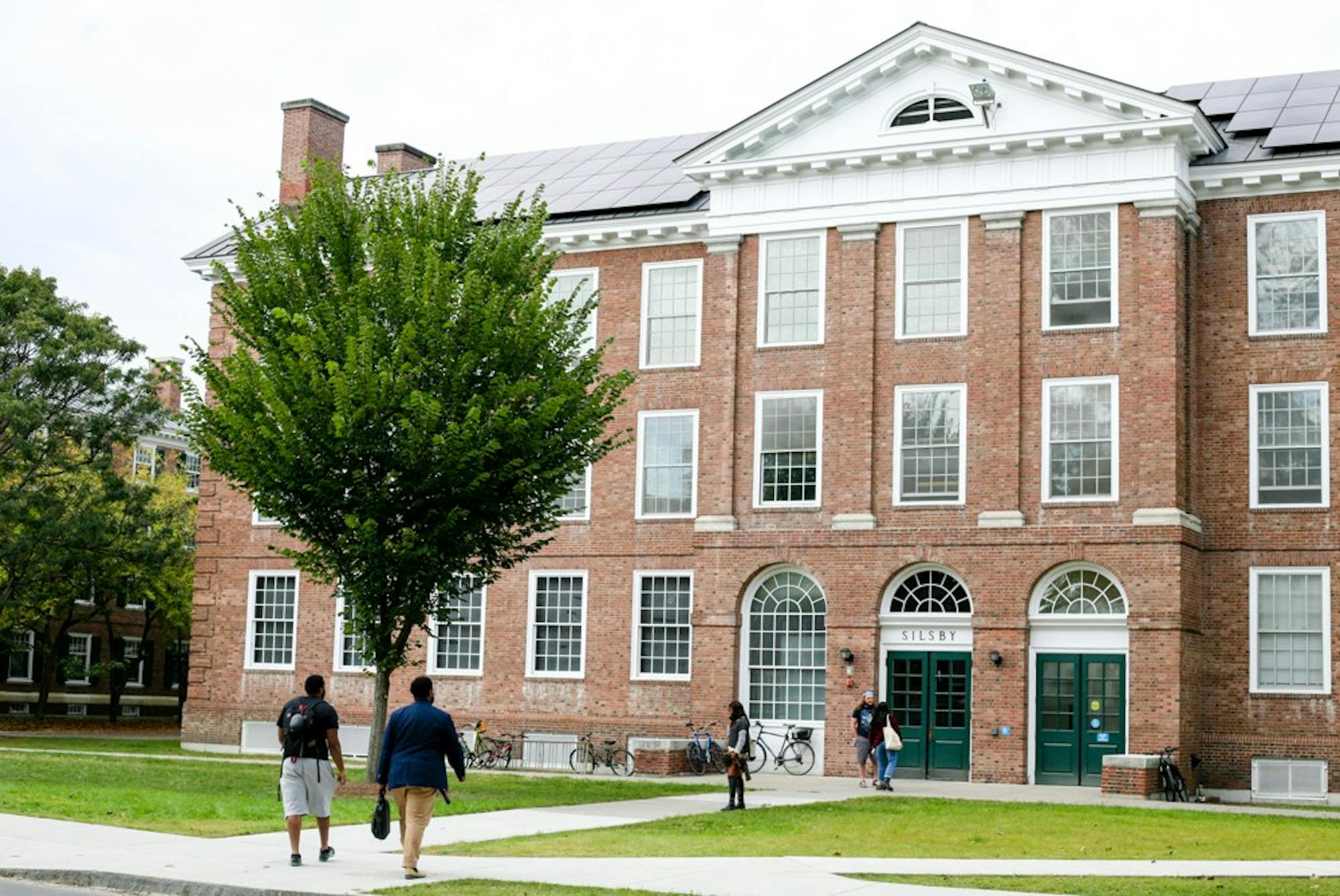Following a series of internal re-inventories, the College announced on Tuesday that the Hood Museum of Art and the anthropology department discovered the skeletal remains of 15 Native American individuals in their collections.
Two osteological reviews by College staff, as well as an ongoing, external audit by forensic anthropologists and archeologists, uncovered “the skeletal remains of 15 individuals identified as Native American,” the statement wrote, adding that 100 bones without a Hood Museum accession number, or catalog number, were flagged as “potentially problematic.” According to anthropology records, some of the discovered bones were a part of human osteology teaching labs as recently as fall 2022.
A number of flaws in the College’s catalog and inventory system revealed that human remains in Dartmouth’s collections — which were initially believed to be of non-Native origin — were indeed Native American.
The College wrote that it is “actively pursuing” repatriation as dictated by the Native American Graves Protection and Repatriation Act of 1990, a federal law that mandates the return of sacred objects, human remains and other objects of cultural patrimony to federally-recognized tribes and Native Hawaiian organizations. .
“On behalf of Dartmouth, I sincerely apologize to our entire community,” President Philip J. Hanlon wrote in the College’s statement.
Hanlon also wrote that the College will be taking steps to offer support to those affected by the discoveries.
“In great sympathy with all of the pain that Indian Country is enduring, we at Dartmouth pledge to take careful and meaningful action to address our situation and consult with the communities most directly impacted,” Hanlon wrote. “Dartmouth is dedicated to righting these heartbreaking wrongs.”
Dartmouth completed its first inventory of Native American holdings in 1995, after the 1990 enactment of NAGPRA. Since Dartmouth’s initial inventory, the College has repatriated remains to Native and Indigenous groups on four separate occasions, the announcement stated.
In 2018, after becoming the College’s NAGPRA officer, Hood Museum curator of Indigenous art Jami Powell began requesting a re-inventory of Dartmouth’s Native American archives. Powell wrote in the College’s statement that some institutions’ first inventories after the passage of NAGPRA had been prone to errors.
“From my experience at other institutions, I knew that the initial inventories done in the 1990s, when NAGPRA was first passed, were often rushed by necessity and conducted by staff who had numerous other responsibilities in terms of collections management and care,” Powell wrote.
Following delays related to renovations and the COVID-19 pandemic, the Hood completed its re-inventory in early 2021, according to the College’s statement.
In the summer of 2021, the anthropology department also began conducting a re-inventory of its own, which led to the flagging of several bones with “ambiguous labeling and appearance,” according to the College’s statement. Some of those remains possessed accession numbers that did not correspond to any system used by the anthropology department.
When the anthropology department shared the flagged remains’ accession numbers with officials at the Hood Museum, it became clear “that many of the marked bones were Native American ancestral remains,” the College wrote.
External reviewers are still determining the extent of the Native American remains in Dartmouth’s collections, as well as any “cultural affiliation and other identifying factors,” according to the College’s press release. Additionally, museum staffers are looking for any related historical records.
The College’s reviews of its collections have so far been unsuccessful in determining when or how the anthropology department or the Hood Museum came into possession of the remains, according to the College press release. The College wrote, however, that departments distributed ancestral remains between one another “often with little or no documentation of their movements” until the 1980s. The Hood Museum took possession of much of those undocumented collections upon its 1985 opening, according to the press release.
The remains which have so far been uncovered, as well as those which have not been positively identified as Native American, have been transported off campus and are being held in storage, according to the Hood Museum.
As part of its efforts, the College announced in its statement that it will be establishing a task force helmed by Provost David Kotz “to address institution-wide issues beyond NAGPRA, including the handling and repatriation of ancestral remains.”
The findings have also prompted the College to reevaluate its current teaching collection, according to the press release. The anthropology department will be suspending the teaching of osteology courses “for the foreseeable future.” In the meantime, the College wrote that it plans to build a collection which adheres to legal and ethical standards.
Administration has not yet announced a timeline for the creation of the task force, nor the completion of its collections.
The College’s announcement follows those of other institutions such as Harvard University and the University of North Dakota, who announced last year that their institutions held the remains of Native Americans.




